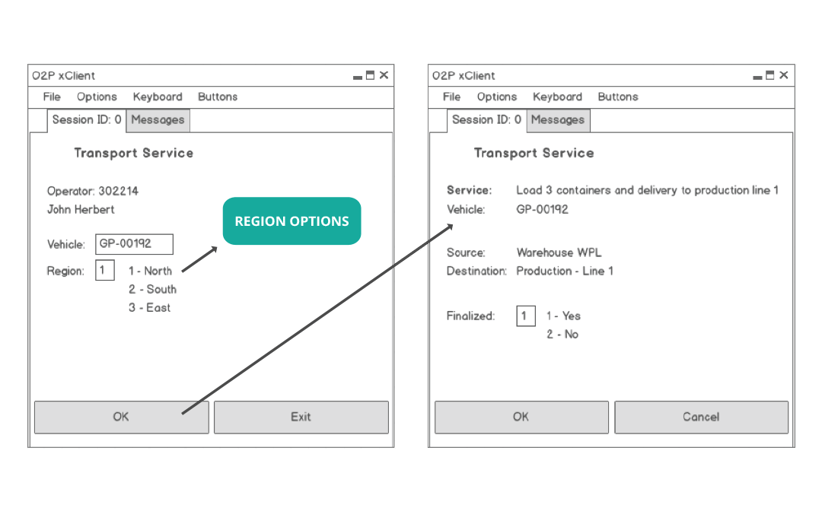Increasingly, the quality of delivery in software projects gains considerable weight because increased quality brings down the costs generated by rework and failure handling. Considering that the requirement definition and development phases have a great relevance for the success of each delivery, an effective way to mitigate problems in these stages is with the use of prototypes, since they pass a vision closer to the expected result. But after all, how are prototypes used to bring value in delivery quality?
Prototypes are great allies when you need to demonstrate how the definitions taken from the requirements survey phase will be met. Prototypes clarify the solution design for Key Users and make it easier to identify details that were not noticed during the requirements definition. These details can become unplanned effort and consequently cost. Prototypes also reduce effort in the development phase, since the layout of the interface reaches this phase pre-approved by the Key User.

Another important point is expectation alignment, it should receive special attention in software projects, as it ensures that all involved are focused on reaching the same goal. Thinking about it, the prototypes prevent the customer from having reactions like, "I hadn’t understood that it would be that way."
The possibility of eliminating gaps in requirements collection, better performance in the development phase and maintaining the alignment of expectations will certainly result in a higher quality of delivery.
The experiences we had with our clients demonstrate the effectiveness of this practice. Often innovation increases tension on project managers, since they don’t know exactly what needs to be done to achieve a successful implementation. In projects where the customer needed something totally innovative for their users, we could use the prototypes in the definition steps to prove that the solution would be adequate and consequently reduce that tension, guaranteeing the success of the delivery.
The use of interactive prototypes, with simulations of the flow of screens and display of result messages is even more advantageous, since it allows to anticipate the usability of the system and draw attention to the possible impacts on the operation. In choosing the prototyping tool, the graphic resources available and the practicality it offers should be taken into account. That is why we use Balsamiq Mockups, which offer a great practicality in the elaboration of interfaces, with links between screens that simulate the use of the system.
The effort involved in prototyping can be a negative factor in the cost of the project. For this reason we must always be consistent with the level of detail that a prototype should contain, in order to avoid impacts that prevent its use. Excessive flow of screens and information can make a prototype confusing and difficult to devise. The focus should be on key functionalities and screen flows that have complexity for the end user and not on handling exceptions from the operational process.